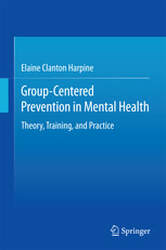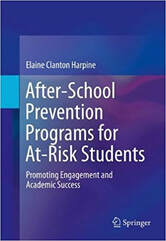There is no one central area of the brain that controls reading. Instead there is a “network of connections or synaptic pathways.” When these pathways are developed, reading a word can take less than half a second, but reading does not happen automatically, it must be taught. The method that we use to teach reading is what keeps some children from learning how to read [see my previous blog posts on ineffective teaching methods--August 2018, September 2018, November 2018; click the buttons on the right]. Effective reading involves building interconnections or pathways between five different reading-related regions of the brain (Zhang et al., 2014). Neuroimaging research often studies the “functional connectivity” or interactions between these regions of the brain. Effective readers display strong “functional connectivity” while poor readers do not. Students with dyslexia may show a decrease or disruption in “functional connectivity.” This “functional connectivity” directly relates to reading ability (Koyama et al., 2011); so, we need to discover how we can develop or increase “functional connectivity.” There is a shared neural basis. It is the “coordination of spontaneous activity within the reading network” that makes reading possible. The key finding in all of this research is that “functional connectivity” can be taught (Zhang et al., 2014). Neuroimaging research clearly shows that at-risk students, who have previously failed in reading, can be taught to read (Keller & Just, 2009). The neuroimaging study by Keller and Just (2009) showed at-risk children improving in reading when phonemic and phonological awareness techniques were used. Vowel clustering is a method that teaches both phonemic and phonological awareness by teaching children to decode and encode letter sounds in order to read words (Clanton Harpine, 2013). That decoding and encoding builds connectivity.
Vowel clustering teaches students to decode or break words down into letter sounds and then to encode or reassemble those sounds back into pronounceable words. Vowel clustering also teaches spelling, handwriting, oral reading fluency, comprehension, and story writing. Vowel clustering has been tested and proven to work with struggling, at-risk, and failing students. I’ve even had struggling students move up four grade levels in one year using vowel clustering (watch for my new book coming later this spring). These were students who had failed multiple years in school. Yes, we can teach students to read, but to do so, we must change the methods that we use to teach students to read.
One mistake some people make in teaching letter sounds is to teach children by the first letter in a word, saying these words are similar: bell, bike, ball, book. Unfortunately, although each of these words starts with the same consonant sound—the letter B, the brain does not organize words by beginning letter sounds. When you introduce new words that contain several vowel sounds as in the example above, it is very confusing to children who are struggling to read. The brain identifies words by (and we learn to pronounce words by) the vowel sound in the word. Therefore, we need to teach children to read by using words that have common vowel sounds: at, back, cat, fat, hat, mat…. If we teach using the organizational structure that the brain uses, it makes it easier for at-risk students to learn. I call it vowel clustering. The children in my reading clinic learn to decode and encode words by vowel sounds. For example, the letter A has 7 sounds and 22 different letter combinations to make those sounds. Vowel clustering also teaches all of the sounds for a vowel in a cluster. With the letter A, the children learn all seven sounds used by letter A and the 22 different letter combinations that can be used to make those seven sounds. The traditional phonics approach was to teach the “short vowel sounds” and then the “long vowel sounds using silent e.” The other sounds were called “irregular sounds,” but irregular vowel sounds cause children the most confusion. Teaching vowels in clusters teaches children to learn all of the sounds for each vowel in an organized pattern. It’s easier and less confusing, and it works directly with how the brain assimilates and organizes letter sounds—connecting synapses and building pathways. Vowel clustering simply means to teach words by sounds rather than by letters. See Chapter 1 in my After-School Prevention Programs for At-Risk Students (2013) and Chapter 4 in my Group-Centered Prevention in Mental Health (2015) for examples of how this concept is applied when teaching children to read.


 RSS Feed
RSS Feed
